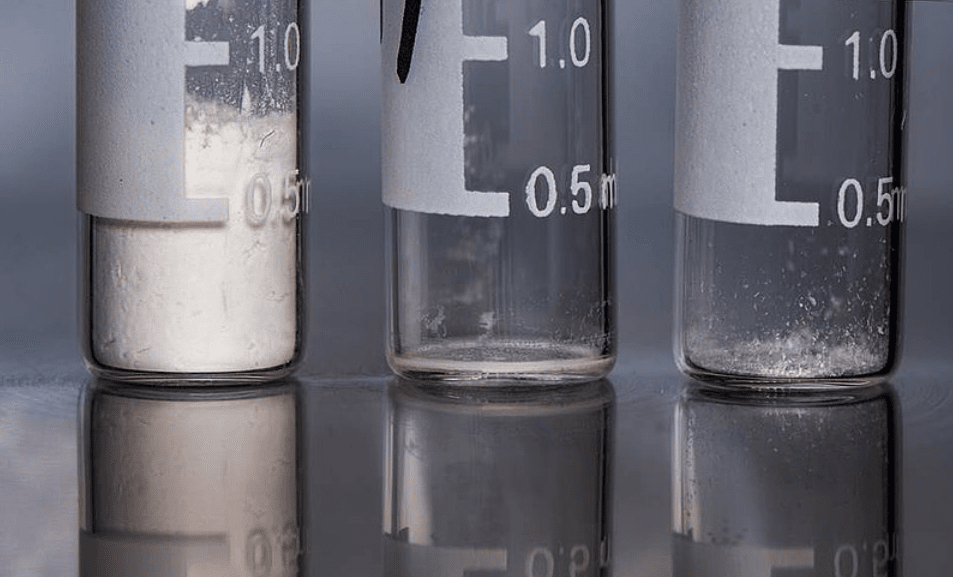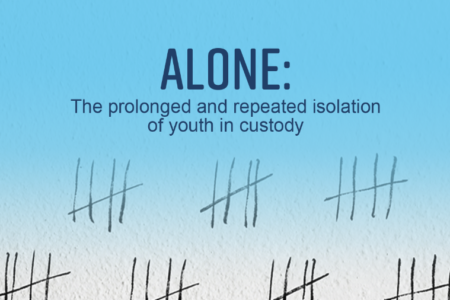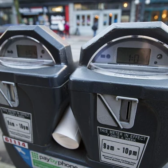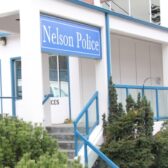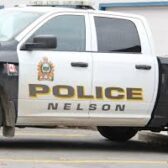Illicit drug toxicity death rate drops for Nelson; rises across province
The illicit drug toxicity death rate in Nelson has dropped by over 50 per cent in the first quarter of 2022, according to preliminary data released by the B.C. Coroners Service.
Nelson recorded a 10.8 per cent death rate — per 100,000 person-years — from January to April this year, with one death being recorded due to toxic drug supply.
That figure was down significantly from 2021’s 25.4 per cent, and 29.3 per cent in 2020.
In addition to Nelson in the Kootenay-Boundary health region, Castlegar and Creston only had one death so far this year, while Trail and Revelstoke had no deaths in the first part of the year due to a toxic drug supply. Grand Forks had two deaths.
Across the province 1,095 people lost their lives to the toxic drug supply between January and June this year, a number eclipsing the figures in the same time period in 2021.
Six years ago, nearly 1,000 people in B.C. died from the illicit drug supply in a single year, with the same number of people dying in just half the time in 2022.
More than three quarters (78 per cent) of the people who died were male, and around 73 per cent of the deaths were between the ages of 30-59.
The Kootenay Boundary health services delivery area — of which Nelson is a part — has one of the lowest illicit drug toxicity death rates in the province at 29, with only the East Kootenay lower at 22. The highest was the Vancouver Health Services Delivery Area at 533.
Stepping up
In December, 2021 city council approved a resolution that supported the Nelson Fentanyl Task Force (NFTF) and the regional community action teams in finding ways to “reduce the risk of harm to our vulnerable populations due to the overdose crisis.”
The city’s written support was to help leverage funding for the task force and to help advance efforts at regional collaboration with neighboring areas.
“This helps to support our recent grants and to support the work of ANKORS,” said NFTF’s Amanda Erickson in a statement.
The resolution also noted that the city would be willing to work with ANKORS, Interior Health and any other organizations through the community action teams to “find collaborative ways to respond to the crisis in our region, to advocate for improved services and to reduce barriers to treatment.”
The Nelson Fentanyl Task Force also received council support in moving ahead with priority harm reduction services such as: naloxone training; drug checking; safer supply; opioid agonist treatment (OAT) and overdose prevention services; and episodic overdose prevention services.
Safe supply the key
In 2021 Amber Streukens, harm reduction peer navigator at ANKORS, said having a safe pharmaceutical supply of drugs that people actually use will have a serious impact on reducing overdose deaths.
Decriminalization of the drugs is an essential first step to getting through the “muck,” she added, but it won’t have the same impact in reducing overdose fatalities.
“People who are at risk of overdose are, not all but many, diagnostically considered to have a medical condition. We have criminalized the substance of a medical condition through the criminalization of possession, which prevents people from getting help,” she stated.
A safe supply is the number one thing that will save lives right now, said Tammy McLean, who headed up the Opioid Agonist Therapy Clinic in Trail.
Fentanyl was found in 85 per cent of the drugs used in overdose deaths.
“We are finding fentanyl in all street drugs like cocaine, methamphetamine and other opioids,” she said.



